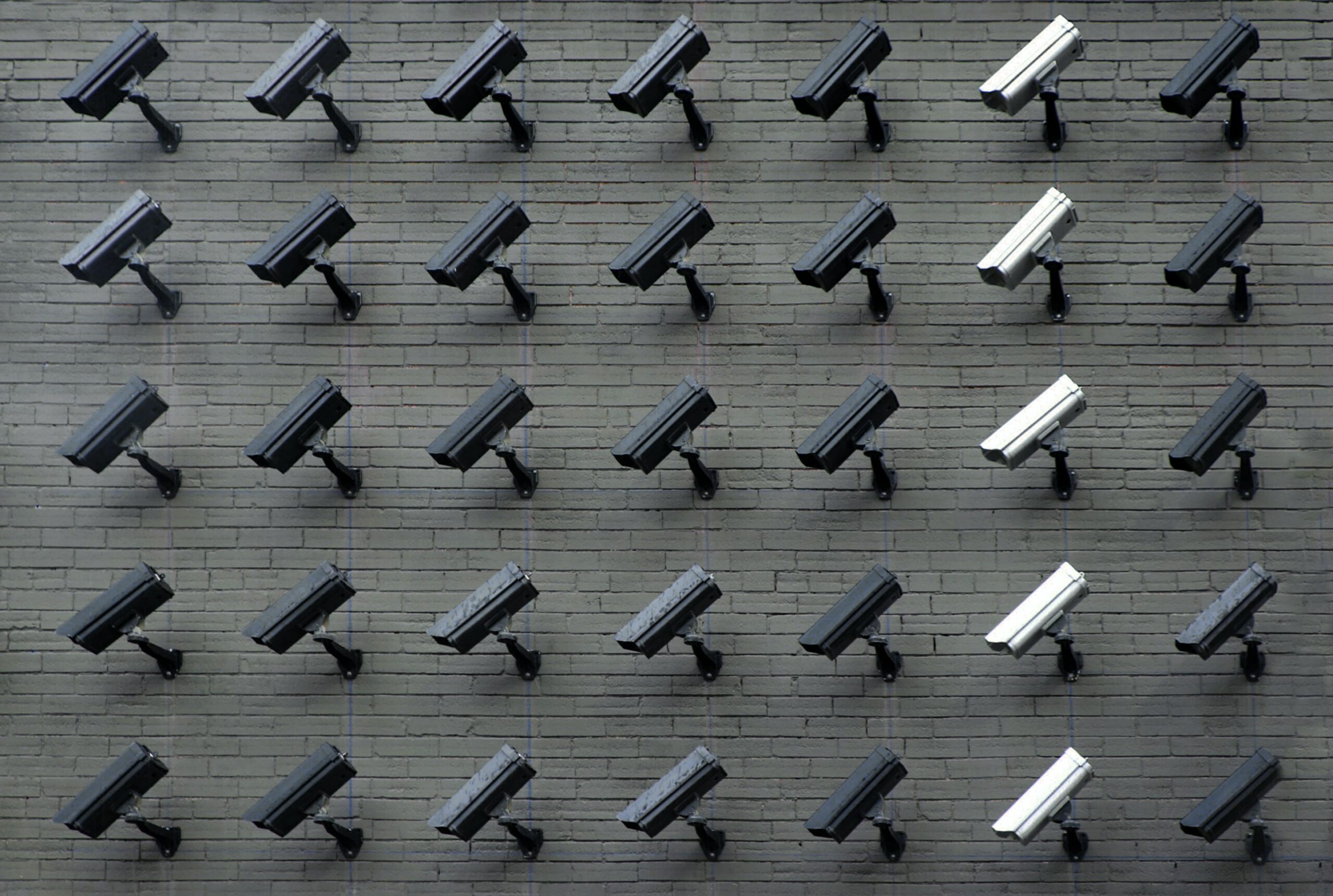Take a look and read the latest on what IT departments are!
More...
Have you ever considered the people behind the technology that powers our world? The IT department is the driving force behind the smooth integration of technology into our daily lives, from email systems to mobile apps.
But what does this department actually do? How do they deal with the difficulties that come with the job?
Whether you want to work in IT or are just curious about the world of technology, this guide will provide you a broad overview.
What exactly is the IT department?
The primary function of an IT department is to manage and maintain technology for the benefit of a business, as well as to deal with all technological aspects of the company.
This could include leveraging cutting-edge technology to ensure the security of the company's network and devices, as well as handling the day-to-day technical demands of the firm.

The key players
A team leader, specialized technicians, general technicians, and, on occasion, a CIO make up the IT department.
CIO
The CIO (Chief Information Officer) is not the same as the team leader of the IT department. CIOs are the most senior IT leaders in an organization, reporting directly to the CEO and supervising other C-level executives in IT.
The IT department team lead, on the other hand, is in charge of monitoring day-to-day operations as well as maintaining and updating current IT systems inside the department. CIOs are in charge of strategic planning and implementation to ensuring that the organization's technology is up to date, efficient, and effective.
Team lead
As previously stated, the IT department team lead, often known as the IT manager, is in charge of overseeing and directing an organization's information technology infrastructure. They ensure that computers, software, networks, and hardware, among other things, are safe and operational, ensuring that corporate processes run as efficiently as possible.
IT managers also monitor new computer equipment or upgrades, as well as data storage and retrieval operations, and guarantee that all of an organization's internal and external technology is operating effectively and securely.
Specialized and General Technicians
Technicians are essential members of the IT department. They are in charge of a variety of activities, including installing, debugging, testing, and deploying security features, hardware, and software.
IT technicians are frequently regarded entry-level professions in the IT sector and can progress to more specialized roles such as systems engineer, network administrator, or cloud administrator.
A computer user support specialist, sometimes known as a help-desk technician offers technical assistance to non-IT computer users and respond to requests for assistance in a variety of methods, including in person, by phone, online chat, or email. Help-desk professionals tackle a variety of difficulties that differ depending on the industry and the specific organization.
In most cases, they are available 24/7!

The IT Department's Core Responsibilities
Maintaining and Supporting Technology
The major function of the IT department is to maintain and support the technology employed within a corporation. Anything from servers and computer systems to mobile devices and software apps falls under this category.
One of the best ways to accomplish this, the use of Remote Desktop Protocol (RDP) tools such as as TeamViewer and LogMeIn Pro are encouraged for remote access and troubleshooting, as well as applications such as Avast Patch Management and Automox for software distribution and patch management.
Implementing New Systems
The IT department is in charge of both maintaining existing technology and establishing new systems and applications. Email systems and cloud-based storage solutions are examples of this.
In order to guarantee a seamless deployment, the IT staff utilizes project management tools like as Asana or Trello to track activities and deadlines, or data migration tools such as Hevo Data, Fivetran Data and Matillion Data to transfer data from one system to another.
Ensuring Data Security
The security of sensitive data is another key obligation of the IT department. This can range from financial information to employment records.
To secure data in transit, encryption and secure socket layer (SSL) certificates, or security information and event management (SIEM) software such as SolarWinds Log & Event Manager and ManageEngine Log360 are used to monitor network activities and detect threats.

Interesting facts you probably didn’t know
But!
That’s why the IT department’s role is important in always implementing new cloud-based storage solutions!
The Challenges Faced by IT Departments
Keeping Up with Rapid Technology Changes
The rapid speed of technological change is one of the most difficult things that IT departments can face. New systems and applications are continually being developed, and it is the responsibility of the IT department to keep up with the times and guarantee that they are integrated into the organization's technological landscape.
Do they need to be up-to-date? Of course!
The IT departments attend training sessions or conferences, or learn new skills using online tools like as PluralSight.
Balancing Security with User Experience
Another issue that IT organizations confront is reconciling the need for security with the user experience. Strong passwords and multi-factor authentication, for example, can help protect sensitive data, but they can also make it more difficult for people to access the systems they need to accomplish their work.
To create a compromise between security and usability, the IT department may employ secure identity and access management technologies such as Okta or Ping Identity.

Managing Limited Resources
Budget restrictions, personnel constraints, and time constraints are all examples of limited resources. IT departments prioritize tasks, assess their resources, and plan accordingly in order to successfully manage limited resources. It is all depending on the project's criticality, the influence on the company, and the available budget.
IT departments must also examine and analyze their resource allocation on a regular basis to ensure that it is being used properly and that projects are not being delayed due to a lack of resources. Communication with stakeholders is key: about their demands and restriction have to be discussed. By doing so, they can guarantee that their resources are being spent effectively and that the organization's IT requirements are being met.
About to make an IT department for your business?
We at Bluebird can provide the best available IT professionals for your future IT department. Through our staffing services we can reach out to 40.000 IT experts for you.
Plus: We handpick the best available talents without a hiring fee!
GET IN TOUCH
for staffing solutions
Lastly
So, the next time you turn on your computer or log into your email, remember to thank the IT staff for their efforts. They are the unsung heroes of the technological world, working diligently behind the scenes to ensure the flawless operation of your digital life.
Adios!
